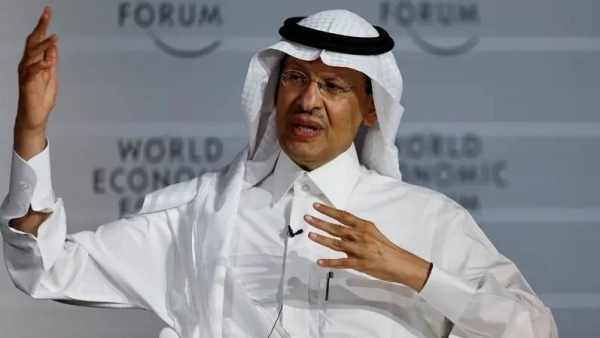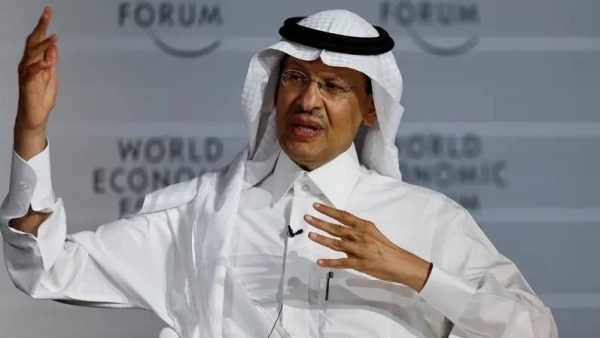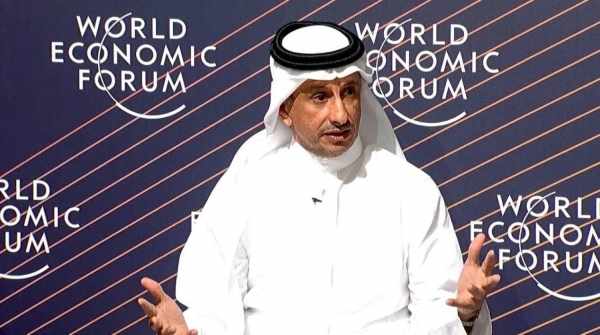Explainer: Why is OPEC+ cutting oil output?
- Date: 06-Jun-2023
- Source: Al Arabiya
- Sector:Oil & Gas
- Country:Saudi Arabia
Explainer: Why is OPEC+ cutting oil output?
The Organization of the Petroleum Exporting Countries and allies including Russia, a group known as OPEC+ which pumps around 40 percent of the world’s crude, agreed on a new oil output deal on Sunday.
Saudi Arabia, the group’s biggest producer, will make a deep cut to its output in July on top of a broader OPEC+ deal to limit supply into 2024 as the group faces flagging oil prices.
For all the latest headlines, follow our Google News channel online or via the app.
A surprise announcement by OPEC+ in April to deepen production cuts helped to raise prices by about $9 a barrel to above $87 per barrel in the days followed.
Yet benchmark crude prices have shed those gains since, with Brent futures on Monday trading at just under $78 a barrel.
On Sunday, in addition to extending the existing OPEC+ cuts of 3.66 million barrels per day (bpd), the group agreed to reduce overall production targets from January 2024 by a further 1.4 million bpd to a combined output of 40.46 million bpd.
The changes, however, included lowered targets for Russia, Nigeria and Angola simply to bring them into line with current production levels.
Here are the main reasons why OPEC+ cut output:
Concerns about





















